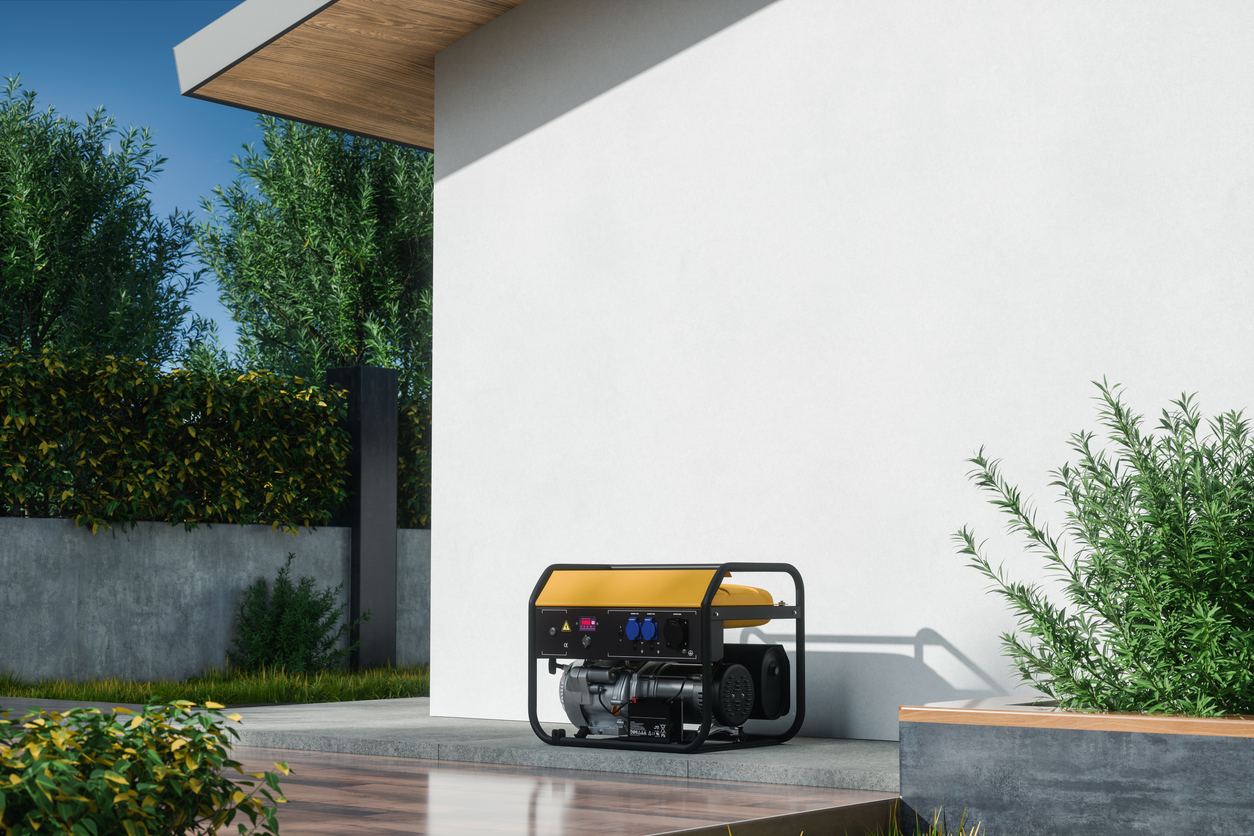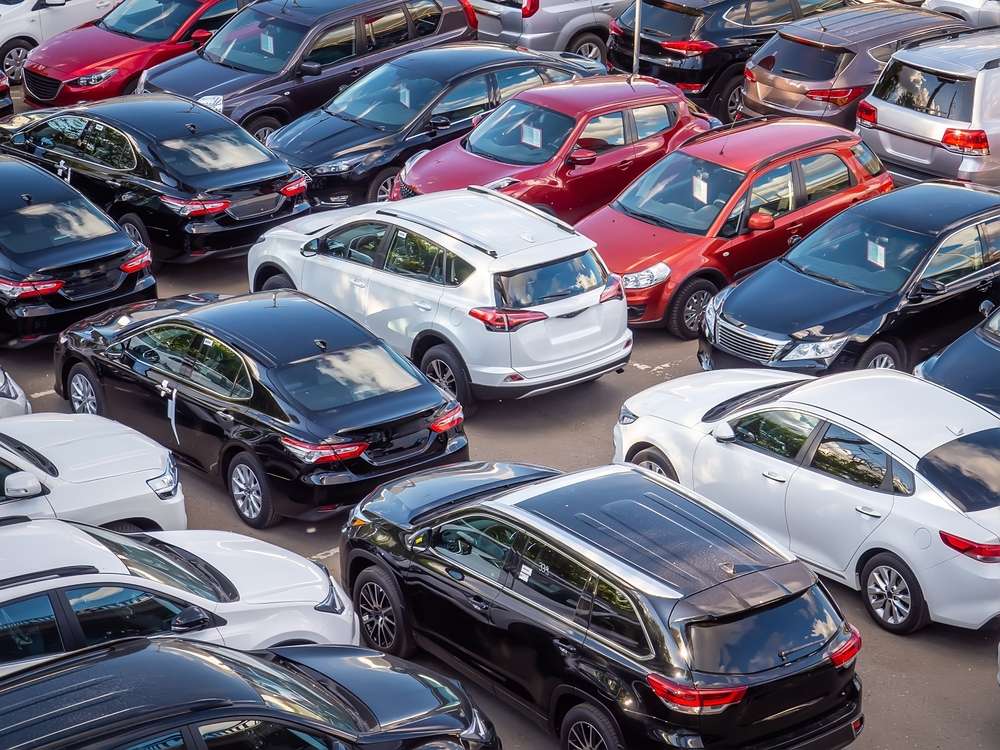In a world where power outages can disrupt both daily life and critical operations, emergency generators provide an invaluable solution. Whether it's for home, business, or medical facilities, these generators ensure the continuity of power during unexpected outages. This article explores the importance, types, and considerations involved in choosing an emergency generator, helping you understand why investing in one can be a smart decision.

The Importance of Emergency Generators
Power outages are not only inconvenient but can also pose serious risks depending on the situation. For households, they can result in food spoilage, uncomfortable living conditions, and communication failures. In medical facilities, the stakes are even higher, as essential equipment requires constant power to ensure patient safety. Businesses, especially those dependent on technology, can suffer significant financial losses from downtime during outages. Emergency generators provide a seamless transition to backup power, allowing these systems and devices to continue functioning smoothly, ensuring safety and minimizing disruptions.
Types of Emergency Generators
There are two main types of emergency generators: portable and standby. Each has its unique features and applications.
Portable Generators
Portable generators are typically smaller, more affordable, and designed for temporary or short-term use. They are ideal for home use or for powering essential appliances like refrigerators, lights, or sump pumps during a power outage. These generators run on gasoline, diesel, or propane and need to be manually operated. Because they are not permanently installed, they are relatively easy to move around, making them versatile for various needs.
Standby Generators
Standby generators, on the other hand, are permanently installed outside the home or business and are connected directly to the building’s electrical system. These generators are designed to automatically detect power outages and switch on, ensuring uninterrupted power. They typically run on natural gas or propane and require professional installation. Standby generators are ideal for larger homes, businesses, or facilities where continuous power is critical.
How Emergency Generators Work
Emergency generators are equipped with an engine and an alternator that work together to generate electricity. When the main power supply is cut off, the generator’s transfer switch detects the outage and activates the backup power system. For standby generators, this process happens automatically, while portable generators require manual startup. Once the generator is running, it converts mechanical energy from the engine into electrical energy through the alternator, powering connected devices or circuits until the main supply is restored.
Key Considerations When Choosing an Emergency Generator
When selecting an emergency generator, several factors must be considered to ensure it meets your specific needs. These include the power output, fuel type, installation requirements, and noise levels.
Power Output
One of the most critical aspects is determining the generator’s power capacity. Power is measured in watts, and generators are available in various capacities, from small units that can power essential appliances to large models capable of running an entire house or business. To determine the right size, calculate the total wattage of all the devices and appliances you intend to power during an outage. Overestimating your needs may lead to higher costs, while underestimating could leave you short on power.
Fuel Type
Different generators use different types of fuel, including gasoline, diesel, natural gas, and propane. Portable generators typically use gasoline, which is readily available but may be difficult to store safely in large quantities. Diesel is more efficient for larger generators, while natural gas and propane are clean-burning options for standby models. Consider fuel availability and storage when choosing the generator that best fits your circumstances.
Installation and Maintenance
Standby generators require professional installation, which can be costly but ensures the system is safely and correctly integrated into your home or building’s electrical system. Portable generators are easier to set up, but they need to be manually connected and maintained. All generators require regular maintenance, including oil changes, fuel checks, and testing to ensure they are ready to function during an emergency. Neglecting maintenance can result in performance issues when the generator is needed most.
Noise Levels
Generators, especially larger ones, can be noisy, which may be a concern depending on where they are placed. Many standby models are designed to run more quietly, but portable generators can produce significant noise during operation. When choosing a generator, consider the noise levels and whether it will be an issue for your household, neighbors, or workplace.
Safety Tips for Using Emergency Generators
Using an emergency generator safely is crucial to avoid accidents and injuries. Improper use can lead to carbon monoxide poisoning, electrical shock, and fire hazards. Always operate generators in well-ventilated areas, never inside enclosed spaces like garages or basements. Use heavy-duty extension cords rated for outdoor use to connect appliances, and avoid overloading the generator by running too many devices at once. Ensure regular maintenance is performed to keep the generator in optimal working condition.
Conclusion: Investing in Peace of Mind
Emergency generators offer peace of mind, providing reliable power during unexpected outages. Whether for home, business, or essential services, these devices ensure that critical operations continue without interruption. By understanding the different types of generators, key considerations for choosing one, and the importance of safety, you can make an informed decision that best fits your needs. Investing in an emergency generator is not just about convenience; it’s about safeguarding your environment from the risks and inconveniences of power outages.

